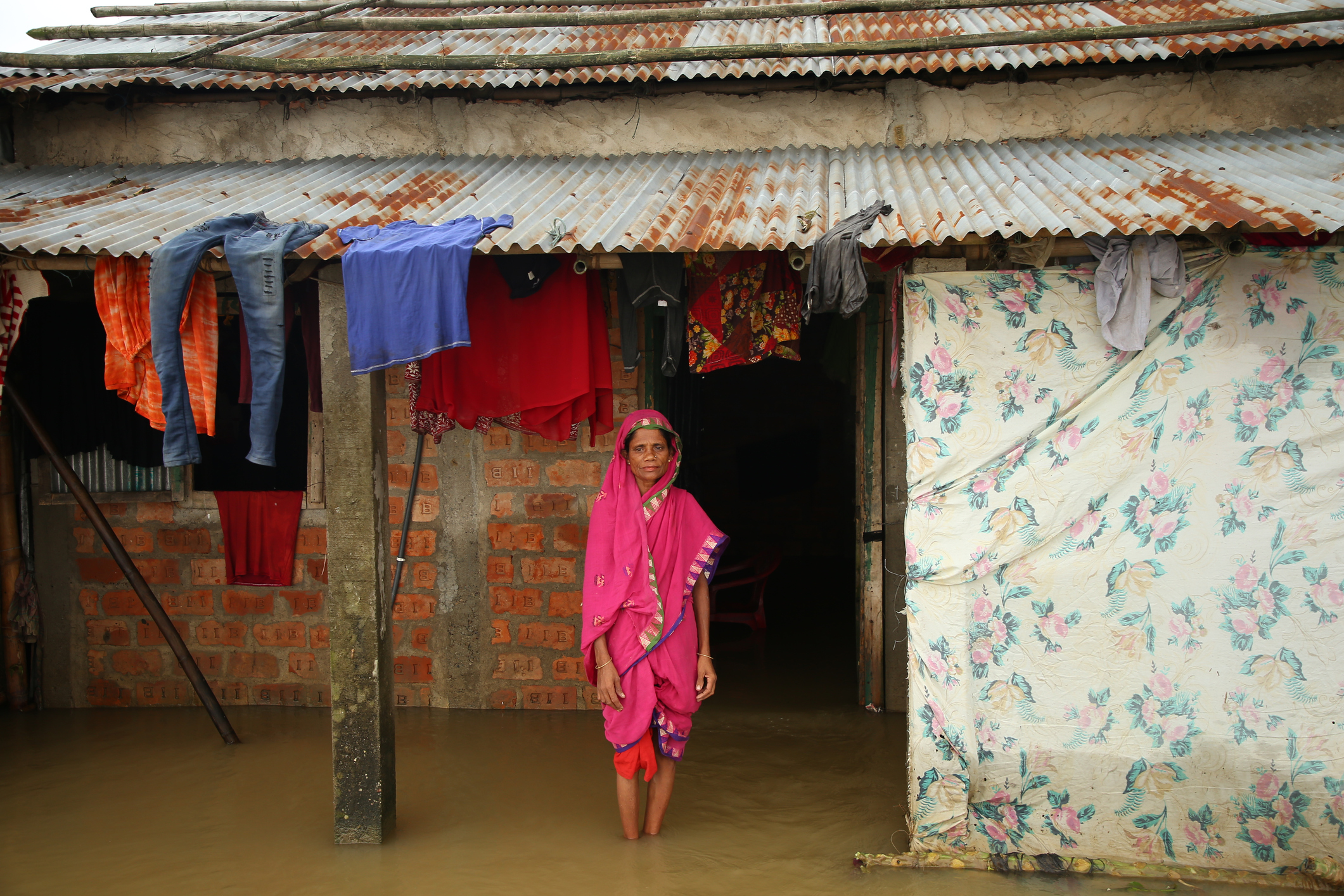Not nearly enough money is being spent on tackling and adapting to climate change. But exactly how much more do we need? Decision-makers are faced with an array of methods for estimating the gap. This column introduces these methods.
Addressing climate change is of paramount importance, demanding substantial financial resources to combat and adapt to its destructive effects on communities, businesses and the environment.
But there is a big gap between the resources required for effective climate action and the current funding. Estimating this shortfall is vital – especially for the estimated 3.6 billion people in areas that are highly vulnerable to climate change, notably in West, Central and East Africa, South Asia, Central and South America, Small Island Developing States, and the Arctic. Many developing countries in these regions struggle to manage the losses and damages arising from climate change and need to understand the scale of finances required to address the issue comprehensively.
In this column, we explore why estimating the climate finance gap is so important to spending decisions, and for accountability in governments and other financing institutions, policy development, international negotiations between developed and developing nations, and private sector engagement.
We further show how different methods for estimating the gap fulfill different purposes and offer insights and recommendations for improved finance management that recognizes the true scale of climate change’s impacts.
Why we need to measure the climate finance gap
Estimating the climate finance gap has important implications for:
- Resource allocation: Estimating the gap helps governments and international organizations decide how to direct limited financial resources to have the most impact.
- Accountability: Tracking and estimating the climate finance gap can help us hold governments and institutions to account for their climate finance commitments. It provides a basis for evaluating whether they are fulfilling their pledges and responsibilities.
- Policy formulation: Understanding the climate finance gap can inform the policies and strategies to increase funding for climate action. It can also help identify innovative financing mechanisms, such as green bonds or carbon pricing, to bridge the gap.
- International negotiations: In international climate negotiations, estimating the climate finance gap can be crucial for setting ambitious targets and commitments. Developing countries often call for increased financial support from developed nations, and understanding the gap can be central to these negotiations.
- Private sector engagement: The private sector plays a significant role in climate finance. Estimating the gap can encourage private sector investments in climate-related projects and technologies by highlighting market opportunities and the potential for profitable investments.
Five methods of estimating the climate finance gap
So how do we estimate the size of the climate finance gap?
There are various methods, and each has its own implications and limitations. The selection of a method depends on the analysis’s goals, available resources, the complexity of analysis needed and, ultimately, what will be most insightful given the context.
Here are five common methods with examples of how they’ve been applied:
- Needs-based assessment: This approach estimates the financial resources required to achieve specific climate goals, such as reducing greenhouse gas emissions to a certain level, adapting to the impacts of climate change, or implementing specific projects. These estimates can be based on scientific models and analyses of the costs of mitigation and adaptation measures. However, these estimates are highly uncertain and can vary depending on underlying assumptions and methodologies for assessing the costs and effectiveness of climate change strategies.
Example: Global Green Growth Institute (GGGI)
The GGGI is an inter-governmental organization that works with developing countries to estimate their climate finance needs based on their specific goals and conditions. For instance, it has helped countries like Mongolia assess their financial requirements for green energy projects. While this approach has been successful in identifying project-specific funding needs, it can be challenging to ensure that these estimates align with broader national and international climate targets.
- Mitigation and adaptation finance tracking: Tracking the actual financial flows for climate mitigation and adaptation projects can provide valuable insights. Organizations like the Climate Policy Initiative (CPI), an international advisory organization, and the Organization for Economic Cooperation and Development (OECD), have developed methodologies for tracking climate finance at the global and national levels. These efforts help identify where funding is lacking or where investments are falling short of climate goals.
Example: Climate Policy Initiative (CPI)
CPI’s Climate Finance Tracking program is essential for monitoring global, national, and sectoral climate finance allocation. It provides critical insights into climate finance sources, instruments, and recipients, aiding public and private decision-makers. This data helps measure progress, identify funding gaps, and informs international negotiations and national development plans.
- Gap analysis: This method involves comparing the estimated financial needs for climate action with the funds that have been pledged or mobilized by governments, international institutions, and the private sector. The difference between these two figures represents the climate finance gap. However, this method relies on accurate reporting and data transparency, which can be challenging to achieve.
Example:Oxford Policy Management (OPM)
The OPM helps nations assess and bridge climate finance gaps by developing tools and conducting benefits-based budget reviews to align interventions with international climate funds. This bolsters government cases for co-financing to address funding shortfalls. The OPM highlights the necessity of integrating climate change into national financial management for better stability and climate adaptation financing.

- Scenario analysis: This approach involves modeling different climate finance scenarios to understand the potential consequences of different funding levels. By varying assumptions about future funding commitments and investment trends, scenario analysis can help policy-makers and stakeholders gauge the implications of different funding pathways.
Example: Network for Greening the Financial System (NGFS)
Scenarios by the NGFS, an organization that supports the financial sector, are a prime example. They cover various climate futures, including physical risks, such as increases in flood and drought, and transition risks associated with changes in policies and technologies. The scenarios help stakeholders asses the financial implications of specific actions, like achieving net-zero emissions by 2050 or addressing physical climate risks. This analysis informs decision-making and helps mobilize resources for closing the climate finance gap.
- Risk and uncertainty assessment: Estimating the climate finance gap should also account for uncertainties and risks associated with climate change, policy changes, and economic factors. This can involve conducting sensitivity analyses to understand how variations in these factors might impact the size of the gap.
Example: International Monetary Fund (IMF)
The IMF recognizes the need to assess the magnitude of climate-related risks and potential pressure points for the financial system. They aim to raise awareness of these risks and incentivize banks to improve their frameworks for managing climate risks.
Estimating the climate finance gap is a complex task with profound implications for climate change mitigation and adaptation. Diverse methods provide diverse insights into the gap’s extent, and each serves a different, critical purpose. Continued research, data transparency, and innovative financing mechanisms are vital to ensure that governments and the private sector provide the required financial resources to address climate change effectively.
This article is part of a series organized in partnership with the United Nations University Institute for Environment and Human Security, the Munich Climate Insurance Initiative (MCII) and LUCCC/START.







